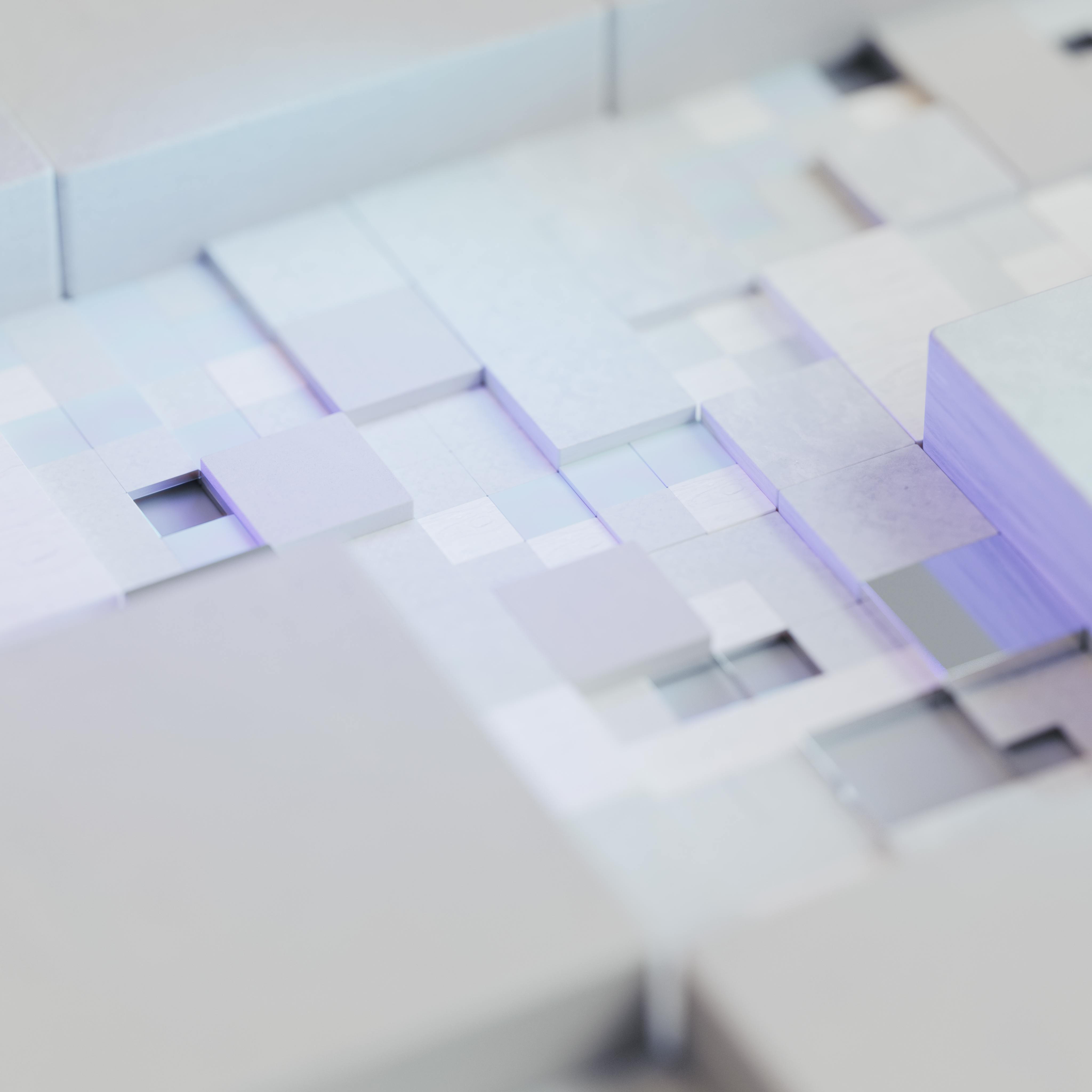Tensorizing Evolutionary Multiobjective Optimization for GPU Acceleration

Top post
Evolutionary Multiobjective Optimization Meets GPU Acceleration: Tensorization as the Bridge
The world of optimization faces increasingly complex challenges. In many areas, from engineering to finance, not just single, but multiple objectives need to be optimized simultaneously. This leads to so-called multiobjective optimization (MOO), where the goal is to find a set of optimal solutions, the Pareto front. Traditional MOO algorithms, however, reach their limits with increasing complexity and problem size. A promising approach to overcoming these challenges is leveraging the enormous computing power of graphics processing units (GPUs). A recent research paper investigates the connection between evolutionary multiobjective optimization and GPU acceleration through tensorization.
The Challenge of Multiobjective Optimization
In multiobjective optimization, there is typically no single optimal solution, but rather a set of trade-off solutions. These solutions, the Pareto front, represent the optimal balance between the competing objectives. The search for this Pareto front is computationally intensive, especially for complex problems with many objective functions and decision parameters. Evolutionary algorithms (EAs) have proven to be an effective method for solving MOO problems, as they can efficiently explore the search space. However, the computational cost of EAs increases rapidly with increasing problem size.
GPUs as Accelerators
Graphics processing units, originally developed for rendering graphics, have evolved into powerful computing machines. Their parallel architecture allows the simultaneous execution of a multitude of calculations, making them ideal for computationally intensive tasks like multiobjective optimization. The challenge lies in adapting MOO algorithms to optimally utilize the advantages of the GPU architecture.
Tensorization as the Key
Tensorization offers an elegant way to bridge the gap between evolutionary MOO algorithms and GPU acceleration. Tensors, multi-dimensional data structures, allow the representation and processing of large amounts of data in an efficient format. By tensorizing the EA operations, these can be parallelized on the GPU and thus significantly accelerated. The research paper presents a tensorized reference vector-guided evolutionary algorithm (RVEA) that leverages the power of GPUs for MOO.
Results and Outlook
The results of the study show that the tensorization of RVEA leads to a significant acceleration of the optimization process. Parallel processing on the GPU allows the solution of complex MOO problems in significantly less time. This opens up new possibilities for the application of evolutionary MOO algorithms in areas where real-time optimization or the processing of very large datasets is required. Tensorization thus represents an important step in the further development of MOO algorithms and paves the way for more efficient and powerful optimization methods.
Bibliographie: - https://arxiv.org/abs/2503.20286 - https://www.researchgate.net/publication/390213682_Bridging_Evolutionary_Multiobjective_Optimization_and_GPU_Acceleration_via_Tensorization - https://arxiv.org/html/2503.20286v2 - https://deeplearn.org/arxiv/590968/bridging-evolutionary-multiobjective-optimization-and-gpu-acceleration-via-tensorization - https://huggingface.co/papers - https://x.com/TAL/status/1905122238119981476 - https://www.themoonlight.io/review/bridging-evolutionary-multiobjective-optimization-and-gpu-acceleration-via-tensorization - https://paperswithcode.com/author/naiwei-yu - https://www.researchgate.net/publication/382249335_GPU-accelerated_Evolutionary_Multiobjective_Optimization_Using_Tensorized_RVEA - https://github.com/EMI-Group/tensorrvea.png)


